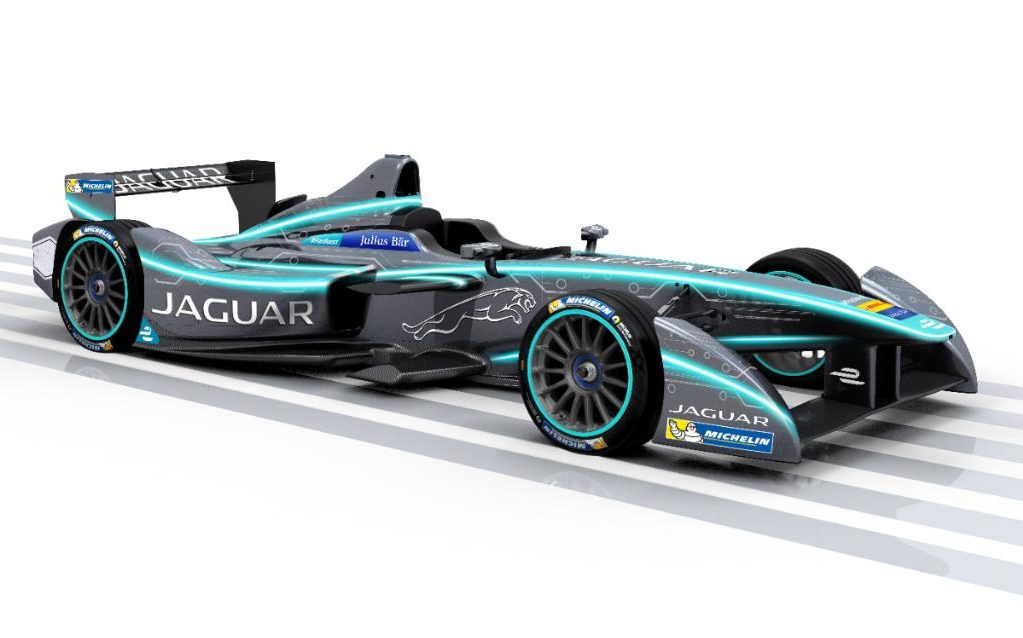Top secret check out this Money making method to learn more
Work from home Jobs
That means that the next XF, due within that time frame, will be evolutionary in terms of look. We can, though, expect a lightweight aluminium body structure for the car, which is currently steel-bodied.
The next-gen XJ, however, “will be a bit of a jolt, but will work for people”, according to a source. The C-X17 SUV, meanwhile, is under “close consideration”, but it’s highly likely that this model will get the green light, given the popularity of premium SUVs.
From 2017, Jaguar will push towards a new look. The rectangular grille developed for the saloons will remain, “but everything else will change”. It’s also possible that Jaguar will introduce a new ‘white space’ range to complement the five-car line-up (with the SUV) it will have by then, and it will have decided how to replace the XK.
Jaguar has also explored the possibility of a model to sit beneath the XE as a rival to the Mercedes A-class and Audi A3, but the plans are understood to have been abandoned for now because rear-drive hardware cannot be efficiently packaged in a small body.
JLR makes a front/four-wheel-drive model in the form of the Range Rover Evoque, but its hardware is too costly for the market Jaguar wants to enter.
However, if Land Rover decides to offer a model smaller than the Evoque, it might give Jaguar the opportunity to offer a new entry-level model thanks to the economies of scale achieved by sharing hardware across the brands.
Whether the business plan can work is another matter, because JLR will still be a long way short of its rivals’ volumes. But it remains a possibility that is also desirable for fleet-average CO2 target reasons.
New, four-cylinder version of Jaguar F-Type spotted
A facelifted version of the Jaguar F-Type Coupe has been spied near the brand’s Nurburgring test facility in Germany. But instead of a snarling V6 or V8, this test mule houses a more modest 2.0-litre four-cylinder turbo engine under the bonnet.It’s the first time we’ve seen the new F-Type testing - and indeed the first time it’s been spotted with the new engine. While the existing 3.0 and 5.0-litre engines will remain, the lower-powered versions will take the fight to Porsche’s new 718 Boxster and Cayman, both of which now utilise powerful four-cylinder turbo units.
While details are currently quite scarce, the F-Type will likely take the new Ingenium petrol engine destined for model like the XE and XF saloons. It’ll power those cars first, along with the F-Pace, Range Rover Evoque and Land Rover Discovery Sport, before appearing in the F-Type sports car. Power and torque figures haven’t been disclosed, but with the Porsches already gaining justified acclaim, it’s likely Jag’s motor will have upwards of 300bhp.
In the F-Type that should mean a 0-62mph sprint of around five seconds, with a top speed of almost 170mph. There’s a good chance it’ll be offered with manual and automatic gearboxes, too, though four-wheel drive isn’t likely to feature on the options list. A basic four-cylinder F-Type could see the car’s starting price drop below £50,000 for the first time. An entry-level 718 Cayman costs £39,878.
We’ve no images of the new F-Type convertible, but the same changes will also apply to the drop-top model. Inside, expect the F-Type to get the F-Pace’s updated infotainment system with widescreen display and pinch-to-zoom functionality. The same low-slung driving position and quality dashboard will feature, too.
We’ll have more information on the new Jaguar F-Type later this year. We don’t expect to see the full production car before the Geneva Motor Show.




